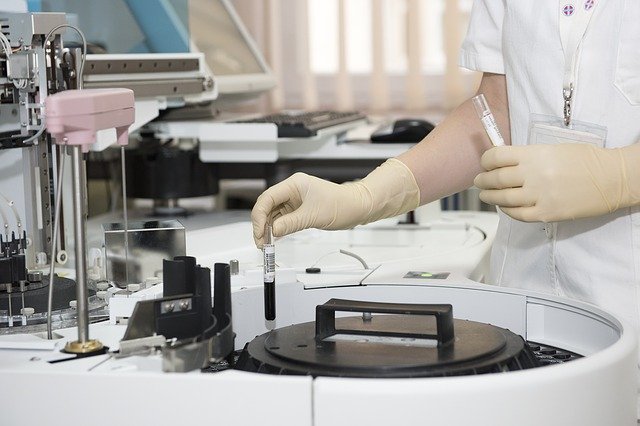HYDROPHOBICITY AND AUTOAGGREGATION OF BIFIDOBACTERIUM SPECIES OF HUMAN AND AVIAN ORIGIN
Abstract
Bifidobacteria naturally occur in guts of human and animals. They offer health benefits to the host. Resistance to intestinal harsh conditions and good adhering potentials are characteristics necessary for bifidobacteria to be successfully used as probiotics in human and animals. Eighteen (18) strains of B. pseudocatenulatum, B. adolescentis, and B. catenulatum of human and avian origin were evaluated for tolerance to bile salts and simulated gastric juice at pH 2.5. Their autoaggregating potential and hydrophobicity (assessed by cell adhesion to xylene) were also investigated. All strains from human and chicken grew at pH 2.5 in gastric juice containing raffinose and in 0.5% bile salts. Surface properties analysis of strains revealed that 61.1% had above 40% hydrophobicity and 66.7% had above 40% autoaggregation with human isolates performing better than chicken isolates. There was positive correlation (r = 0.640) between hydrophobicity and autoaggregation. While isolation source had impact on hydrophobicity and autoaggregation, it had no effect on growth and survival in acidic pH, gastric juice and bile salts.
Author
1,2Onyibe, J. E.; 1Asagbra A. O., 1Bankole A. O. 1Elemo G. N. and 2Sanni A. I 1Department of Food and Analytical Services, Federal Institute of Industrial Research, Oshodi, P.M.B. 21023, Ikeja, Lagos, Nigeria 2Department of Microbiology, Faculty of Scienc


